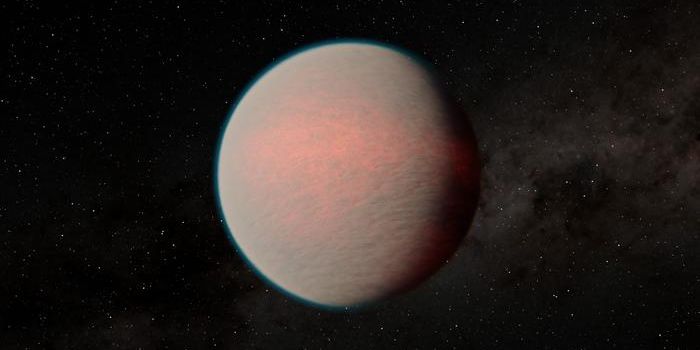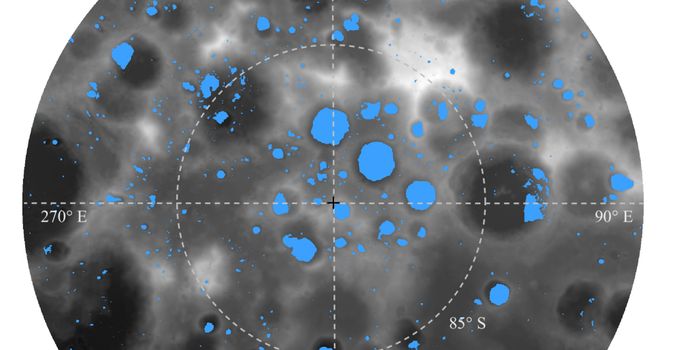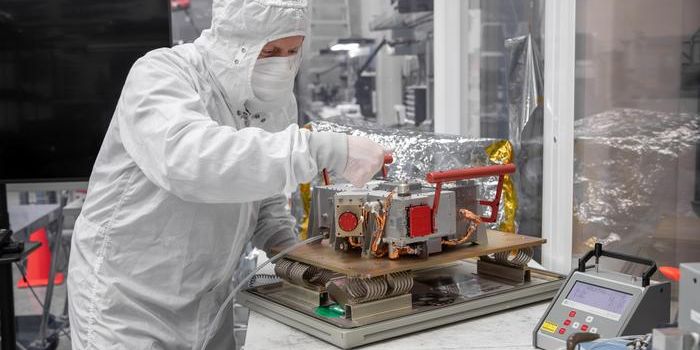Evolution of Planet-Forming Disks Depends on Mass
In a recent study published in Astronomy & Astrophysics, astronomers at the Max Planck Institute for Astronomy (MIPA) studied the demographics of an unprecedented large sample of planet-forming disks orbiting young stars. Astronomers study planet-forming disks and other planetary systems to understand our own Solar System and how it formed and evolved.
Until now, astronomers did not fully understand which properties of planet-forming disks dominated their evolution. By studying this large sample of planet-forming disks, the team was able to obtain statistically significant results that imply that planet-forming disks evolve in a similar manner. The new results indicate that the mass of material for forming planets (i.e., the mass of the planet-forming disk) only depends on the age of the star-disk system (as long as the disk is in an environment without any external influences). Thus, the mass of the disk is the key property in determining how the disk will evolve.
The team selected their sample of planet-forming disks from a large and well-studied region of young stars and disks – the Orion A molecular cloud – approximately 1,350 light years from Earth. The location of the sample is important because the team wanted the disks to be homogeneous (e.g., have similar chemical composition) and to be isolated from external effects that could impact the survival of disks (e.g., far enough from massive stars so that irradiation and winds from these stars could not evaporate or blow away planet-forming material), otherwise the data would not reveal much about how disks evolve independently.
The aforementioned criteria resulted in a sample of 870 planet-forming disks. The team obtained images of the disks at a wavelength of 1.2 millimeters with the Atacama Large Millimeter/Submillimeter Array (ALMA). At this wavelength, cold dust emits light efficiently. This cold dust constitutes the mass of the disk material that is capable of forming planets, and thus the total disk mass is related to the amount of light emitted at this wavelength.
Of the 870 disks, only 20 have enough dust to form 100 Earths or more. They found that the number of disks declines significantly with mass, where a majority of the disks in the sample contain less than 2.2 times the mass of Earth of dust. The variations in disk mass can be explained as an age effect. They saw that over a few million years, disk masses decline – i.e., as the disk gets older, the mass of the disk gets smaller as the mass reservoir of dust is transformed into planets. This is consistent with other results, indicating that all the material of the disk will be transformed into planets within 10 million years. Comparing the results to disks in other nearby molecular clouds, the team found the same mass-age relationship. Thus, within 1000 light-years, populations of planet-forming disks show the same mass distribution, and planet-forming disks across different molecular clouds seem to be evolving in the same way!









